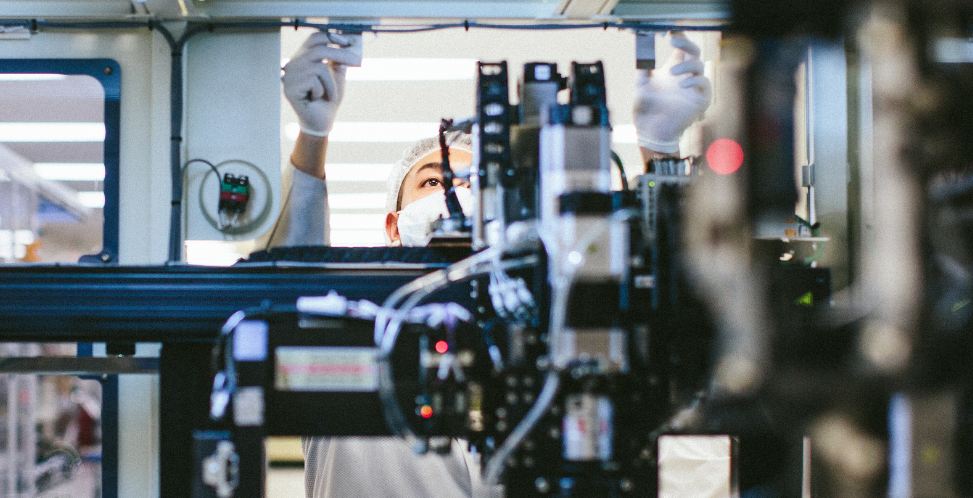For the last nine months, the Solar Energy Industries Association (SEIA) has been fighting against trade action on imported solar products tooth and nail. This has included representing their members in the solar industry at every major hearing, mobilizing a wide range of elected officials and regulators to speak out against proposed trade sanctions, social media campaigns, solar jobs marches, and even hiring Sean Hannity to record a radio spot featuring his special brand of political mythology.
The aggregate of these actions appears to have been successful. Import duties on imported solar are not nearly as severe as the proposals by Suniva and SolarWorld, and certainly not what we in the industry thought we would see when Trump called for his chief of staff to “bring me some tariffs”.
However, along with GTM Research’s prediction that the U.S. solar market will be 11% smaller over the next few years than if tariffs were not imposed, SEIA is warning that the industry will also see a loss of 23,000 jobs.
On a conference call today, SEIA President and CEO Abigail Hopper warned of “job losses up and down the value chain”, including U.S. manufacturing jobs. This is based on an analysis of market impacts by IHS Markit, which SEIA ran through the National Renewable Energy Laboratory’s (NREL) JEDI modeling system.
This is far less than the 88,000 jobs that SEIA warned would be lost if Trump enacted the trade protections that Suniva called for in its petition to the International Trade Commission, and represents both the lower tariff levels in the final decision as well as exempting the first 2.5 GW of cells each year from tariffs.
SolarWorld and Suniva have consistently disputed SEIA’s claims of job losses, noting that past warnings of job losses in the 2012 and 2014 anti-dumping and anti-subsidy investigations did not materialize.
“We think these forecasts are alarmist and unhelpful as we work to restore the manufacturing industry,” Ben Santarris, SolarWorld’s head of corporate communication, told pv magazine. “We think the opposite is true – we think that demand will grow.”
It is unclear if the tariffs will accomplish their stated purpose of spurring new cell and module manufacturing, and it is hardly a surprise that the two sides of this case differ in their forecasts. While Santarris said that he is “cautiously optimistic” about the case for new cell factories in the United States, analysts whom pv magazine has spoken with are more skeptical, and SEIA’s Hopper described the tariffs as “not even the right move for U.S. manufacturing”.
At the time of writing this article the text of the actual Section 201 decision had not been released, and SEIA noted that it was too early to talk much about next steps. SEIA CEO Hopper noted that after she is able to actually read the proclamation, next steps will be to “think creatively with our companies and with our allies”.
Under statute, the Section 201 decision must be imposed 15 days after the transmission of Trump’s decision to Congress, however the government shutdown could delay the implementation date of February 6. Additionally Congress has the ability to force exemptions in the decision for nations with which the United States holds free trade agreements, including Canada, Mexico and Singapore.
This content is protected by copyright and may not be reused. If you want to cooperate with us and would like to reuse some of our content, please contact: editors@pv-magazine.com.









By submitting this form you agree to pv magazine using your data for the purposes of publishing your comment.
Your personal data will only be disclosed or otherwise transmitted to third parties for the purposes of spam filtering or if this is necessary for technical maintenance of the website. Any other transfer to third parties will not take place unless this is justified on the basis of applicable data protection regulations or if pv magazine is legally obliged to do so.
You may revoke this consent at any time with effect for the future, in which case your personal data will be deleted immediately. Otherwise, your data will be deleted if pv magazine has processed your request or the purpose of data storage is fulfilled.
Further information on data privacy can be found in our Data Protection Policy.